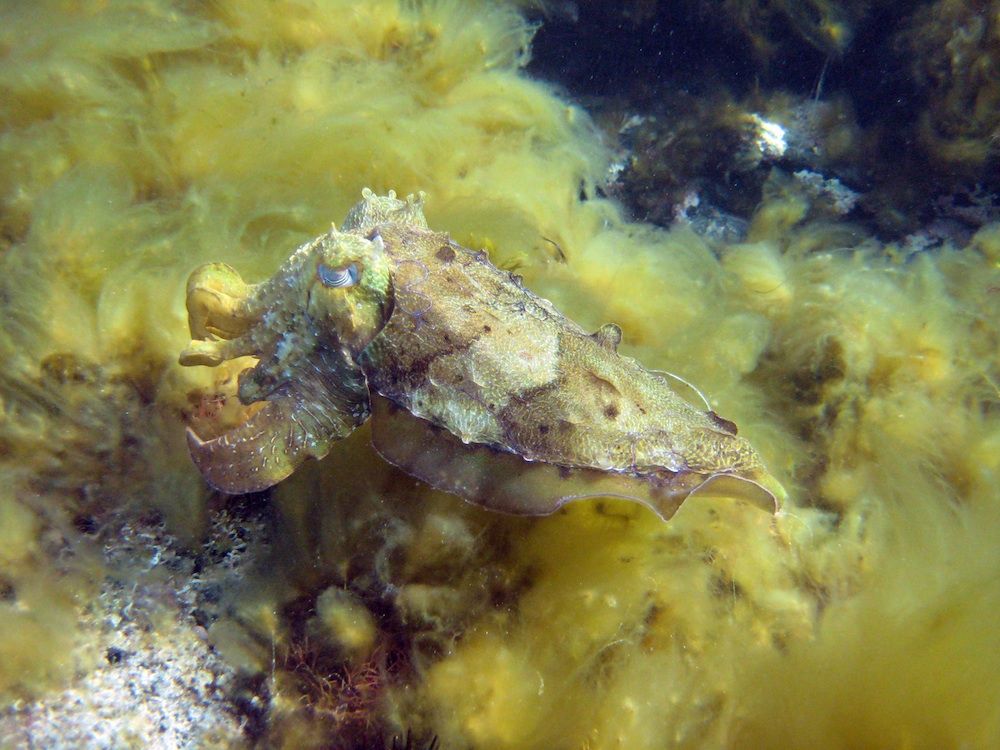Color-Changing Artificial Muscles Do Camouflage

Scientists have created a soft, stretchy artificial muscle that can blend with its environment at the flick of a switch, mimicking the camouflage abilities of squid and zebrafish.
In a new study, detailed in the current issue of the journal Bioinspiration and Biomimetics, the team showed how the achievement might be used to weave "smart clothing" that can make their wearers seem to disappear, a la the Predator aliens.
"We have taken inspiration from nature's designs and exploited the same methods to turn our artificial muscles into striking visual effects," said leader Jonathan Rossiter of the University of Bristol in the UK.
The artificial muscles are based on color-changing cells known as chromatophores, which are found in amphibians, fish, reptiles, and cephalopods such as squids.
A typical color-changing cell in a squid has a central sac containing granules of pigment. The sac is surrounded by a series of muscles and when the cell is ready to change color, the brain sends a signal to the muscles and they contract. The contracting muscles make the central sacs expand, generating the optical effect which makes the squid look like it is changing color. [Researchers Look to Octopuses for Ultimate Camouflage]
The researchers mimicked the fast expansion of these muscles using dielectric elastomers (DEs), a so-called smart material that expands when zapped with an electric current.
In contrast, the cells in the zebrafish contain a small reservoir of black-pigmented fluid that, when activated, travels to the skin surface and spreads out, much like spilled ink. The natural dark spots on the surface of the zebrafish therefore appear to get bigger, changing the creature’s overall appearance.
Sign up for the Live Science daily newsletter now
Get the world’s most fascinating discoveries delivered straight to your inbox.
The team mimicked the zebrafish chromatophores using two glass microscope slides sandwiching a silicone layer. Two pumps, made from flexible DEs, were positioned on both sides of the slide and were connected to the central system with silicone tubes; one pumping opaque white spirit, the other a mixture of black ink and water.
"Our artificial chromatophores are both scalable and adaptable and can be made into an artificial compliant skin which can stretch and deform, yet still operate effectively," Rossiter said.
"This means they can be used in many environments where conventional 'hard' technologies would be dangerous, for example at the physical interface with humans, such as smart clothing."
This story was provided by InnovationNewsDaily, a sister site to LiveScience. Follow InnovationNewsDaily on Twitter @News_Innovation, or on Facebook.












